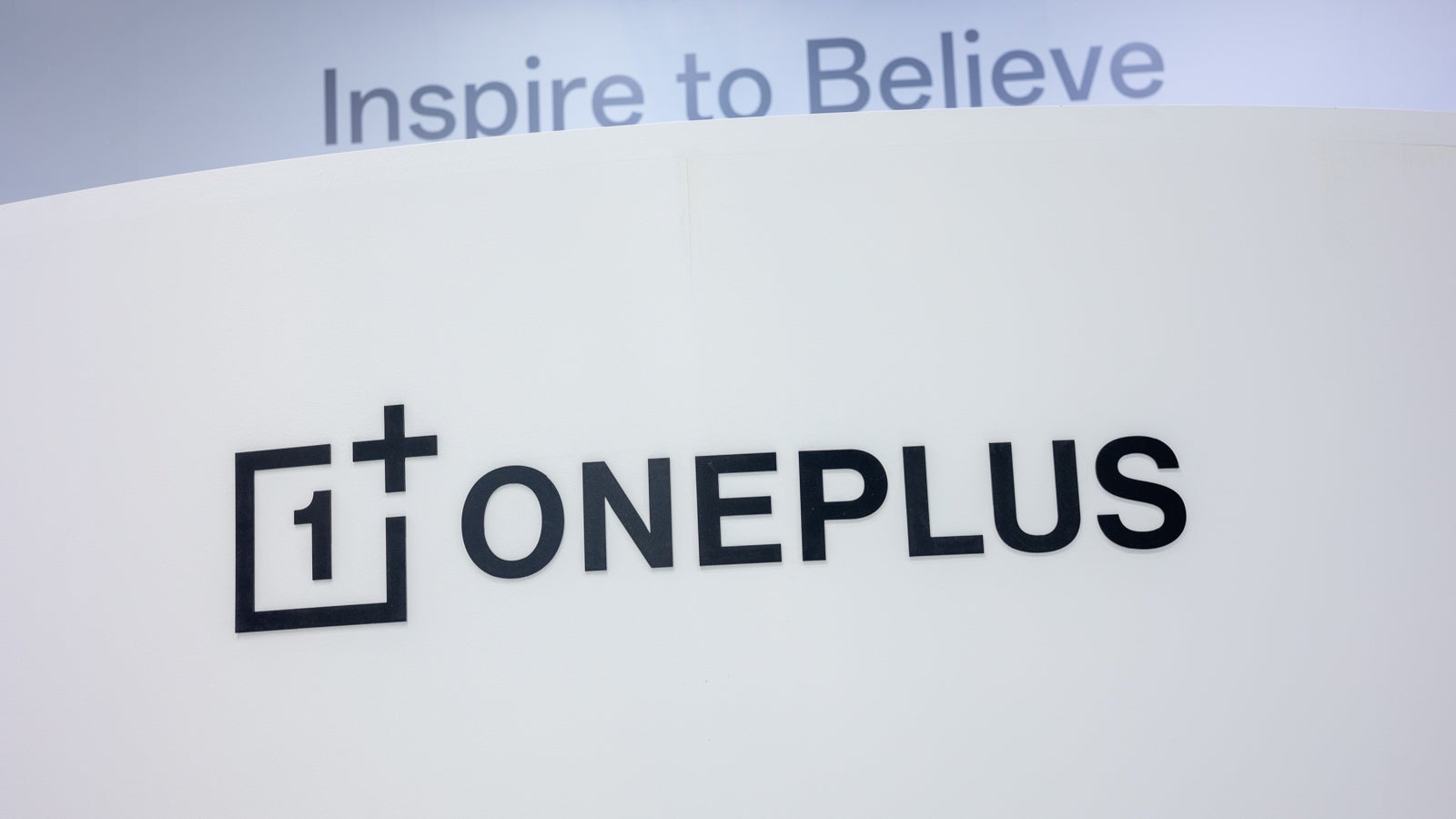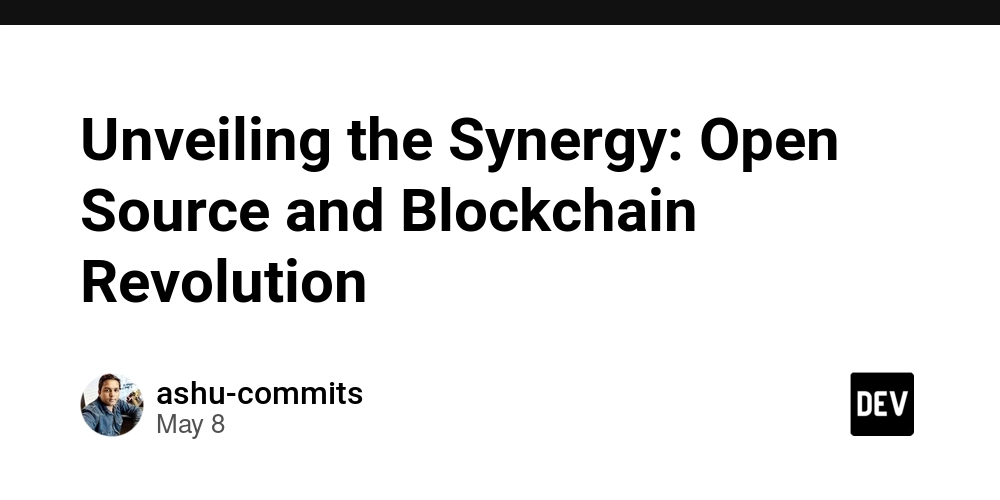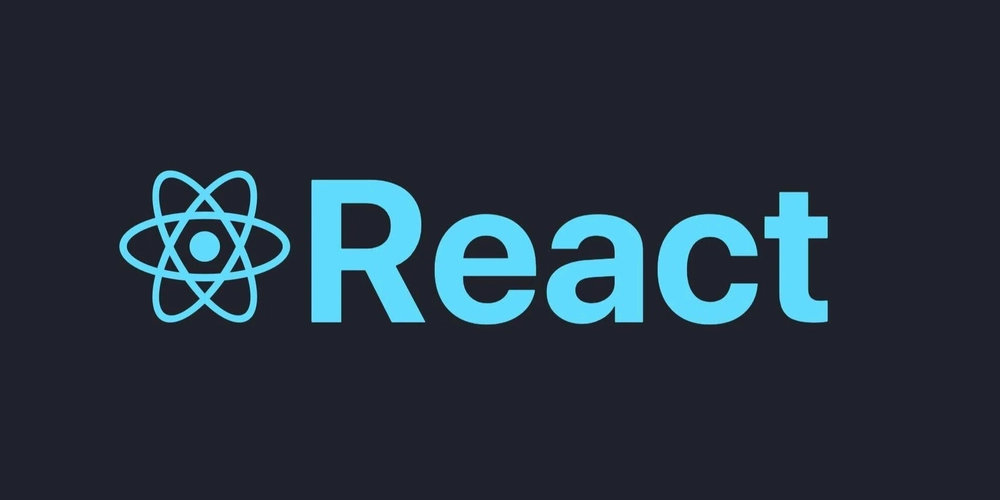Does Jenkins Still Have a Place in Modern DevOps?
For over a decade, Jenkins was the heartbeat of CI/CD pipelines around the world. Born as a fork of Hudson, Jenkins quickly took over the automation scene with its open-source nature, customizability, and plugin-rich ecosystem. At one point, it was practically the only viable option for software teams in need of automation. But in 2025 — in an era shaped by containers, GitOps, CI/CD as code, and native cloud services — the big question is: Does Jenkins still make sense? Why Jenkins Dominated for So Long Jenkins didn’t rise to the top by accident. It earned its place through powerful advantages: Extreme flexibility: If it can be scripted, Jenkins can probably run it. Massive plugin ecosystem: Over 1,800 plugins for nearly any integration. Infrastructure independence: Ideal for on-premise and air-gapped environments. Mature community: Tons of legacy knowledge, tutorials, and workarounds. For organizations with complex pipelines, legacy infrastructure, or specific customization needs, Jenkins remains a robust and reliable solution. But It Comes with a Hidden Cost Behind its power lies a maintenance burden that many teams underestimate: Steep learning curve: Declarative pipelines, DSLs, and job configurations are not beginner-friendly. Constant upkeep: Plugin dependencies break, upgrades fail silently, and environments drift. Outdated user experience: The UI is clunky; even Blue Ocean doesn’t fix the fundamentals. Security risks: Jenkins has a long history of vulnerabilities and insecure defaults. When Jenkins Still Makes Sense Despite the criticism, Jenkins still holds strong in certain scenarios: Highly customized pipelines with complex logic or legacy toolchains. On-premise or isolated environments where SaaS tools aren't allowed. Experienced DevOps teams who already know how to manage and secure Jenkins efficiently. Organizations with heavy legacy investment, where migrating would be costly or risky. In these cases, Jenkins is not only viable — it might still be the best tool for the job. When Jenkins Is No Longer Worth It However, in many modern setups, Jenkins becomes more of a liability than an asset: You're starting a new project or MVP and want to move fast. Your team already uses GitHub, GitLab, or Bitbucket, which offer built-in CI/CD. You don’t have dedicated DevOps engineers to maintain Jenkins. You want CI/CD as code, with full visibility and version control via pull requests. You need built-in observability and cloud-native scalability without glue code or fragile plugins. Modern Alternatives Today’s CI/CD landscape is full of tools designed for simplicity, speed, and developer-first workflows: GitHub Actions: Native to GitHub, with YAML-based pipelines in your repo. GitLab CI/CD: Powerful and integrated, with security and deploy features built in. CircleCI / TravisCI: Reliable SaaS solutions with minimal setup and fast pipelines. ArgoCD + Tekton: For teams embracing GitOps and Kubernetes-native delivery. Conclusion Jenkins was a king. But the monarchy is no longer absolute. This isn’t about bashing Jenkins. It’s about recognizing that the context has changed. If you need full control, already have the infrastructure, and your team is experienced, Jenkins can still deliver great results. But if your goal is speed, simplicity, and maintainability, then it’s worth asking: “Am I solving real problems — or just adding complexity by default?”

For over a decade, Jenkins was the heartbeat of CI/CD pipelines around the world.
Born as a fork of Hudson, Jenkins quickly took over the automation scene with its open-source nature, customizability, and plugin-rich ecosystem. At one point, it was practically the only viable option for software teams in need of automation.
But in 2025 — in an era shaped by containers, GitOps, CI/CD as code, and native cloud services — the big question is:
Does Jenkins still make sense?
Why Jenkins Dominated for So Long
Jenkins didn’t rise to the top by accident. It earned its place through powerful advantages:
Extreme flexibility: If it can be scripted, Jenkins can probably run it.
Massive plugin ecosystem: Over 1,800 plugins for nearly any integration.
Infrastructure independence: Ideal for on-premise and air-gapped environments.
Mature community: Tons of legacy knowledge, tutorials, and workarounds.
For organizations with complex pipelines, legacy infrastructure, or specific customization needs, Jenkins remains a robust and reliable solution.
But It Comes with a Hidden Cost
Behind its power lies a maintenance burden that many teams underestimate:
Steep learning curve: Declarative pipelines, DSLs, and job configurations are not beginner-friendly.
Constant upkeep: Plugin dependencies break, upgrades fail silently, and environments drift.
Outdated user experience: The UI is clunky; even Blue Ocean doesn’t fix the fundamentals.
Security risks: Jenkins has a long history of vulnerabilities and insecure defaults.
When Jenkins Still Makes Sense
Despite the criticism, Jenkins still holds strong in certain scenarios:
Highly customized pipelines with complex logic or legacy toolchains.
On-premise or isolated environments where SaaS tools aren't allowed.
Experienced DevOps teams who already know how to manage and secure Jenkins efficiently.
Organizations with heavy legacy investment, where migrating would be costly or risky.
In these cases, Jenkins is not only viable — it might still be the best tool for the job.
When Jenkins Is No Longer Worth It
However, in many modern setups, Jenkins becomes more of a liability than an asset:
You're starting a new project or MVP and want to move fast.
Your team already uses GitHub, GitLab, or Bitbucket, which offer built-in CI/CD.
You don’t have dedicated DevOps engineers to maintain Jenkins.
You want CI/CD as code, with full visibility and version control via pull requests.
You need built-in observability and cloud-native scalability without glue code or fragile plugins.
Modern Alternatives
Today’s CI/CD landscape is full of tools designed for simplicity, speed, and developer-first workflows:
GitHub Actions: Native to GitHub, with YAML-based pipelines in your repo.
GitLab CI/CD: Powerful and integrated, with security and deploy features built in.
CircleCI / TravisCI: Reliable SaaS solutions with minimal setup and fast pipelines.
ArgoCD + Tekton: For teams embracing GitOps and Kubernetes-native delivery.
Conclusion
Jenkins was a king. But the monarchy is no longer absolute.
This isn’t about bashing Jenkins. It’s about recognizing that the context has changed.
If you need full control, already have the infrastructure, and your team is experienced, Jenkins can still deliver great results.
But if your goal is speed, simplicity, and maintainability, then it’s worth asking:
“Am I solving real problems — or just adding complexity by default?”











































































![Apple Foldable iPhone to Feature New Display Tech, 19% Thinner Panel [Rumor]](https://www.iclarified.com/images/news/97271/97271/97271-640.jpg)
![Apple Shares New Mother's Day Ad: 'A Gift for Mom' [Video]](https://www.iclarified.com/images/news/97267/97267/97267-640.jpg)
![Apple Developing New Chips for Smart Glasses, Macs, AI Servers [Report]](https://www.iclarified.com/images/news/97269/97269/97269-640.jpg)
![Apple Shares Official Trailer for 'Stick' Starring Owen Wilson [Video]](https://www.iclarified.com/images/news/97264/97264/97264-640.jpg)












































































































 Evolved as a Predominant Framework for Ransomware Attacks.webp?#)



_Aleksey_Funtap_Alamy.jpg?width=1280&auto=webp&quality=80&disable=upscale#)
_Sergey_Tarasov_Alamy.jpg?width=1280&auto=webp&quality=80&disable=upscale#)
























































































































![[The AI Show Episode 146]: Rise of “AI-First” Companies, AI Job Disruption, GPT-4o Update Gets Rolled Back, How Big Consulting Firms Use AI, and Meta AI App](https://www.marketingaiinstitute.com/hubfs/ep%20146%20cover.png)



































































































































































![[DEALS] The Premium Python Programming PCEP Certification Prep Bundle (67% off) & Other Deals Up To 98% Off – Offers End Soon!](https://www.javacodegeeks.com/wp-content/uploads/2012/12/jcg-logo.jpg)





























-Mafia-The-Old-Country---The-Initiation-Trailer-00-00-54.png?width=1920&height=1920&fit=bounds&quality=70&format=jpg&auto=webp#)



































































